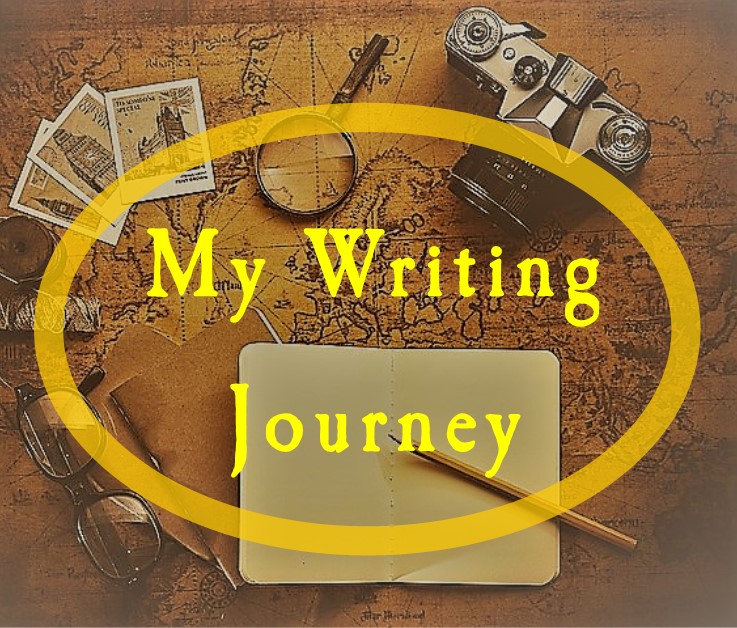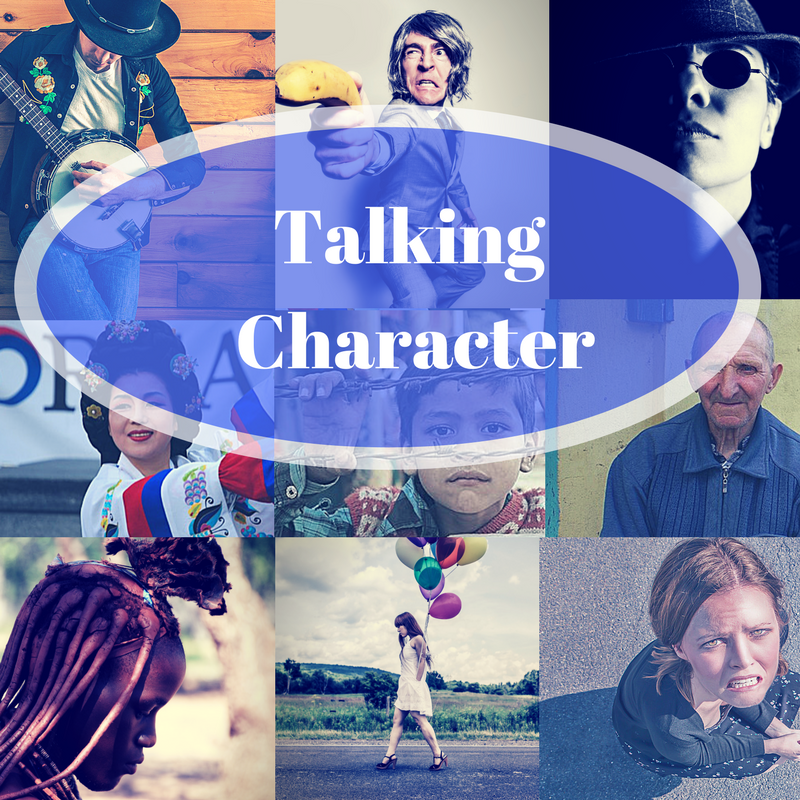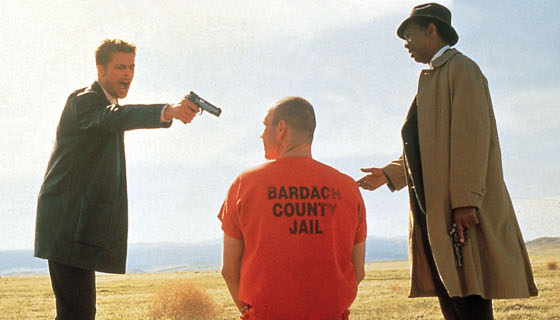
How to Write a Great Story in 5 Steps
People have always had a natural talent for telling stories. It is an essential means of communication and understanding…
November 10, 2024
People have always had a natural talent for telling stories. It is an essential means of communication and understanding…
November 10, 2024
Recently, I reconnected with an old Christian writer friend on Facebook. We hadn’t seen each other in about a…
April 4, 2023
Writers Chat, hosted by Jean Wise, Johnnie Alexander, and Brandy Brow, is the show where we talk about all…
October 30, 2021
The famous saying goes: “Easy reading means hard writing.” But why is that? If you have always wondered that,…
September 12, 2019
My life is divided into before and after. I’m in the after now. Eight years ago, this coming April,…
April 3, 2019
Fantasy stories come in all shapes and sizes, from modern-day tales to historical adventure. One way to give your…
June 7, 2018
My critique group says my MG fiction is preachy. Now what? First let me say that I love my…
April 15, 2018
Plot and character. Two halves of any great story. Both are critical, whether you are telling a character-driven literary…
January 20, 2018
Every story begins at your Initial Stimulus – that spark of an idea that captured your imagination. The thing…
January 8, 2017
If you read my last column, you’ll know we determined that most fictional stories contain some element of romance.…
October 27, 2015
How many of you are reading this article under protest? “I don’t write romances,” you say. Well, you might…
August 28, 2015